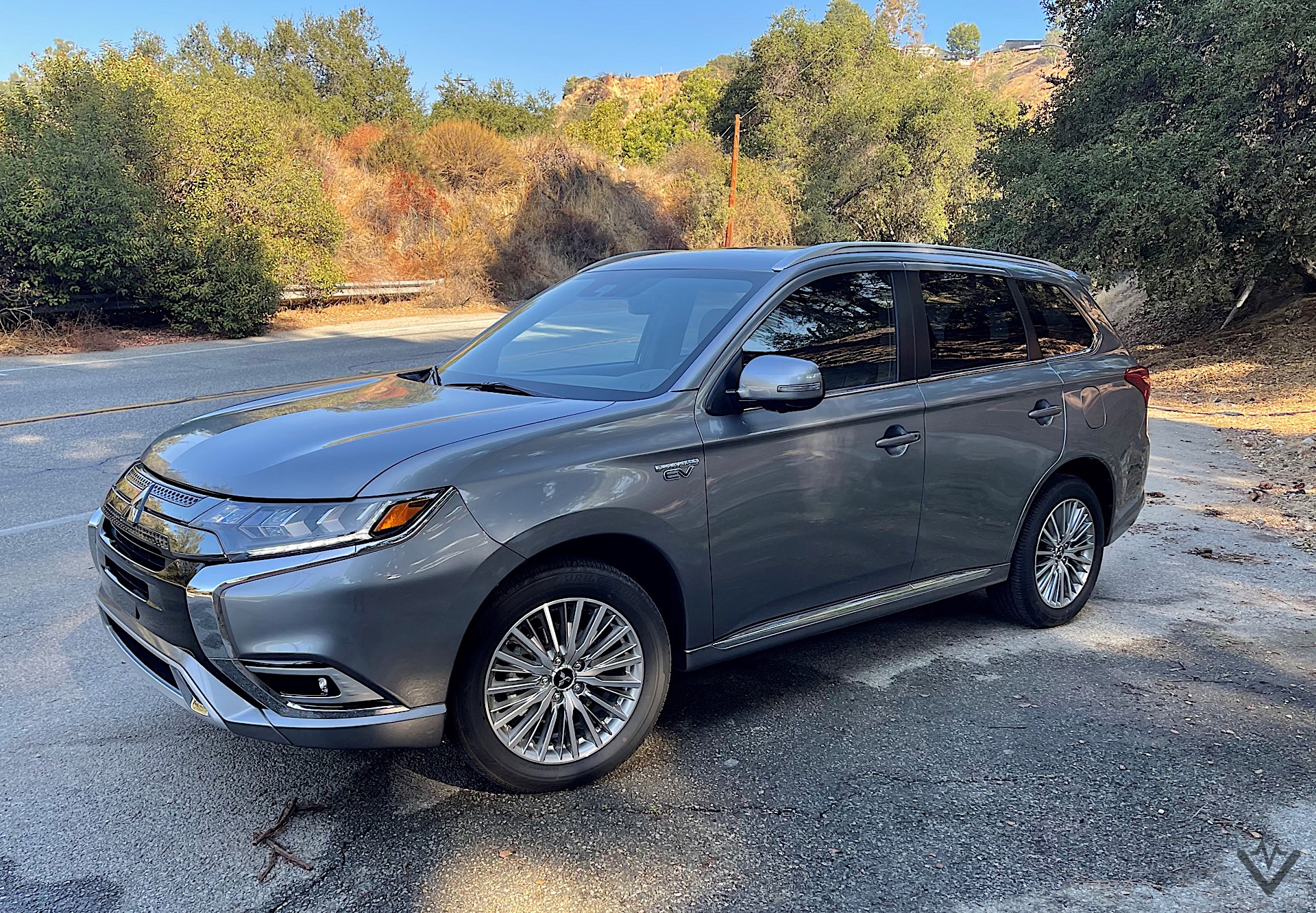In the last month I’ve been on three lengthy road trips across sparsely populated segments of the United States. Thousands of miles traveled on two wheels and four gave me plenty of time to contemplate the American way of life for those of us not living in the density of cities or even towns. One week I went to Phoenix, two weeks later I was back to Arizona in Sedona, and last week it was Palm Springs, California. Each of those trips took me down the spine of far-flung Nevada or the desolate desert sections of SoCal. Gorgeous routes, but often not close to anything.
For years I’ve heard and read opinions that regular blue-collar Americans won’t accept electric driving until it can be refilled as quickly as a gas tank, and hold at least as many miles. We know that the technology doesn’t yet exist for a 10-minute charge, and getting 300 miles of range from the big hefty cars Americans love means lots of expensive and resource intensive batteries. (I’m looking at you, GMC Hummer EV). EVs are getting much quicker charging, and this development will likely continue into the near future, but will it ever be fast enough to convince someone addicted to ICE that they need to change?
There is currently a technology that provides the best of both worlds for rural American drivers, and it has been largely overlooked by everyday consumers. The plug-in hybrid electric vehicles currently on the market offer useful electric range for daily driving, while still offering the long-distance range, quick refill, and ubiquitous filling infrastructure benefits of gasoline. For the edge cases which don’t fit into the EV lifestyle quite yet, or perhaps ever, perhaps the best we can do is acknowledge their needs and cater to them. Getting a rural buyer to convert to a plug-in hybrid would likely be much easier than convincing them to buy a six-figure road monster 200 kWh battery stuffed into a pickup chassis. It would also mean less carbon produced in the construction of the vehicle, less tax on the local power grid, and a massive reduction in local tailpipe emissions nearly equal to that of a battery electric car.

We’ve discussed this many times here, but the average American commute is 25 miles per day. Even if you’re driving an unreasonably inefficient PHEV like Jeep’s Wrangler 4xe every one of those 25 miles, you’d reduce your daily gasoline consumption, and thus carbon emissions, by 84 percent. So while a PHEV is typically more expensive than its ICE cousins, they still allow for the lower emissions, lower operating costs, and lower maintenance when used for around town everyday use. Here’s the tricky bit, however. Getting those PHEV customers to commit to plugging them in every night to be able to take advantage of the electric range.
If I’d taken those road trips the last few weeks in a plug-in hybrid vehicle, I would not have received much of an emissions or cost benefit. A very small percentage of my driving would have been taken up by those first 30 miles or so of electric propulsion before the gasoline engine kicked on. But once I got to my destination, those around-town miles would have again been emissions free once I found a place to plug in. It’s not a perfect system, but it’s far more perfect than the all-gasoline-all-the-time system Americans frequently use now.

I know that anecdotes aren’t the singular of data, but I frequently hear from people in my hometown back in Michigan looking for an electric car that will get them to the cabin “up north” on the weekends in the summer. With a couple hundred miles between home and cabin, and unreliable power supply once there, you’re now looking for something with at minimum 200 miles of range and at least a couple DC fast chargers on the way. That’s not an impossibility, but considering how things can frequently go sideways in rural northern Michigan, you’ll always want another 50 miles or so of leeway, so now you really probably need something with 300 miles of range. The move here is to get a PHEV to earn a ticket to both worlds, and preside over both as best.
REVIEW: 2021 Kia Niro PHEV: Dipping your toes into the EV lifestyle
Electric cars are great if you can manage your life around them and have decent charging infrastructure in your area. I can, and do, manage quite well around town with my Nissan Leaf. If I needed to drive 400 miles every weekend, however, I certainly couldn’t take my EV. I can’t help but feel that GM was on a much better track with the genuinely amazing Chevrolet Volt than it currently is with the Hummer EV. How much better could that car have done if it were marketed correctly as the do-everything electric for middle-America?

